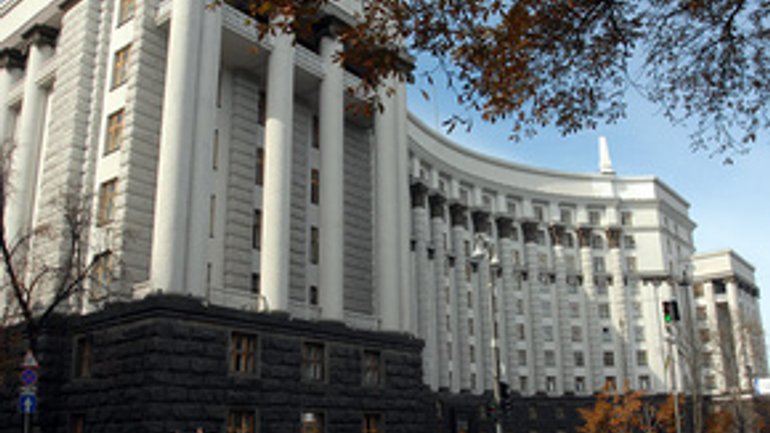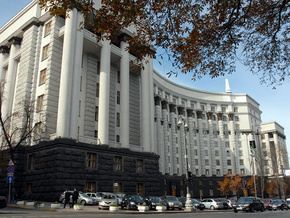Dress Code of Cabinet of Ministers of Ukraine Specifies How to Wear Cross

 "A cross cannot be considered a decoration even if it is made of precious materials by a jeweler. Unlike Catholics, the Orthodox wear crosses next to their skin, under their clothes. The modern tendency to wear crosses on top of one's clothes is a violation of the traditions of Orthodox Christianity," reads Order 155 of the Secretariat of the Cabinet of Ministers of Ukraine on the approval of recommendations regarding the dress code of the employees
"A cross cannot be considered a decoration even if it is made of precious materials by a jeweler. Unlike Catholics, the Orthodox wear crosses next to their skin, under their clothes. The modern tendency to wear crosses on top of one's clothes is a violation of the traditions of Orthodox Christianity," reads Order 155 of the Secretariat of the Cabinet of Ministers of Ukraine on the approval of recommendations regarding the dress code of the employees
of the secretariat of September 30, 2010, reported the press service of the government.
The dress code, however, applies not only to the employees of the Secretariat. Immediately after the new rules were approved, a photo correspondent of one of the news agencies was not let in the building of the government as he wore cargo trousers (with big patch pockets). "Do journalists visit the building of the government? We advise them to observe the official dress code," Ihor Storozhuk, the director of the Department of Information and Mass Communications of the Secretariat of the Cabinet, commented to the portal Telekritika.
The mentioned order clearly does not prohibit wearing crosses on one's neck but the text can be interpreted in different ways. The authors do not specify if Catholics have a right to work in the Cabinet and wear crosses on top of their clothes or if they must observe the Orthodox tradition.
 Commentary of Director of Institute of Religion and Society of Ukrainian Catholic University, Dr. Lesia Kovalenko
Commentary of Director of Institute of Religion and Society of Ukrainian Catholic University, Dr. Lesia Kovalenko
This instruction is not surprising because it is written entirely in the spirit of the "Orthodox" declaration of human rights, which was submitted to the parliament, and other political steps of the current authorities in the area of confession. It is not clear what exactly this norm recommends. It is difficult not to agree with the content of the formulation itself (Will believers deny that the cross is not a decoration? Was it not the believers who first noticed the transformation of the sacral symbol to a trivial fashion?) However, what does the recommendation say to an employee of the Secretariat of the Cabinet of Ministers? That the authorities care about the Orthodox traditions? It would not be bad if it was about the management of a religious organization and not the management of a state authority which is secular, according
to the Constitution by which that body is governed, separated from the church (Article 35) and ideologically neutral (Article 15). And where are the norms regarding the
Muslim, Jewish, or atheistic symbols or elements of clothing? In general, neither the addressee nor the requirement of the norm is clear.









